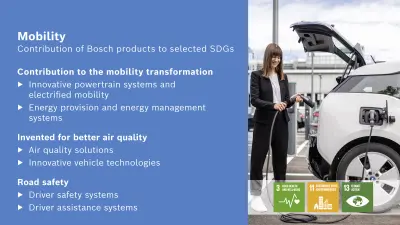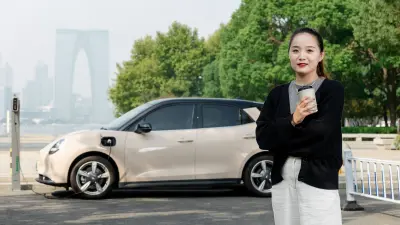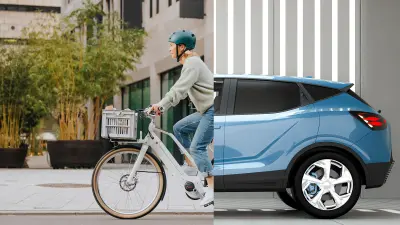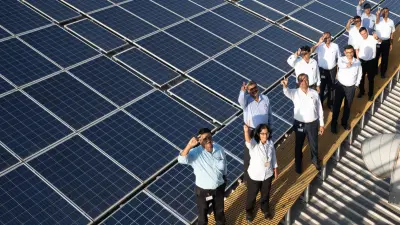Invented for life


Loading the video requires your consent. If you agree by clicking on the Play icon, the video will load and data will be transmitted to Google as well as information will be accessed and stored by Google on your device. Google may be able to link these data or information with existing data.
Making products more sustainable
Bosch has a broad and highly diverse product portfolio. Our products ensure safe and sustainable mobility, are durable companions in the home, or control industrial plant and machinery efficiently and reliably. As varied as our products are in detail, they share a common ethos: “Invented for life.” True to this ethos, we want our products to contribute toward achieving various Sustainable Development Goals (SDGs) of the United Nations.
Digital Trust
At Bosch, digital trust involves transferring our “traditional” quality and value proposition to the digital world.
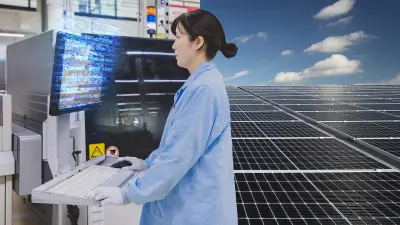
Responsible use of AI
When artificial intelligence (AI) meets the Internet of Things (IoT), the result is countless new possibilities for us at home, at work, and on the road. At Bosch, we call this the Artificial Intelligence of Things (AIoT). The overriding principle at Bosch is to develop AI that is trustworthy and transparent. To achieve this, we combine a value-based approach with methodological and technical expertise.
In 2019, Bosch established the Digital Trust Forum, which merged with the "Charter of Trust" founded by Siemens in 2022. The international initiative has set itself the objective of fundamentally increasing the trust placed in digital solutions. Above all, we are working with our partners to define trust-building guidelines and possible certification and conformity labels.
To ensure that AI is used responsibly in our products, we developed a code of our own back in 2019. This groundwork is now being drawn on in developing a European trust seal for AI products that also satisfies the requirements of the planned European AI Act.
Design for environment
We have firmly anchored the Design for Environment (DfE) principle in the product development process. Developers and product owners use specific design and manufacturing rules that cover the entire life cycle of products – from materials used and efficiency in the product development process to recycling or environmentally compatible disposal at the end of the product life cycle.


